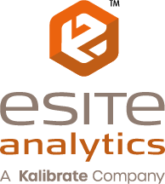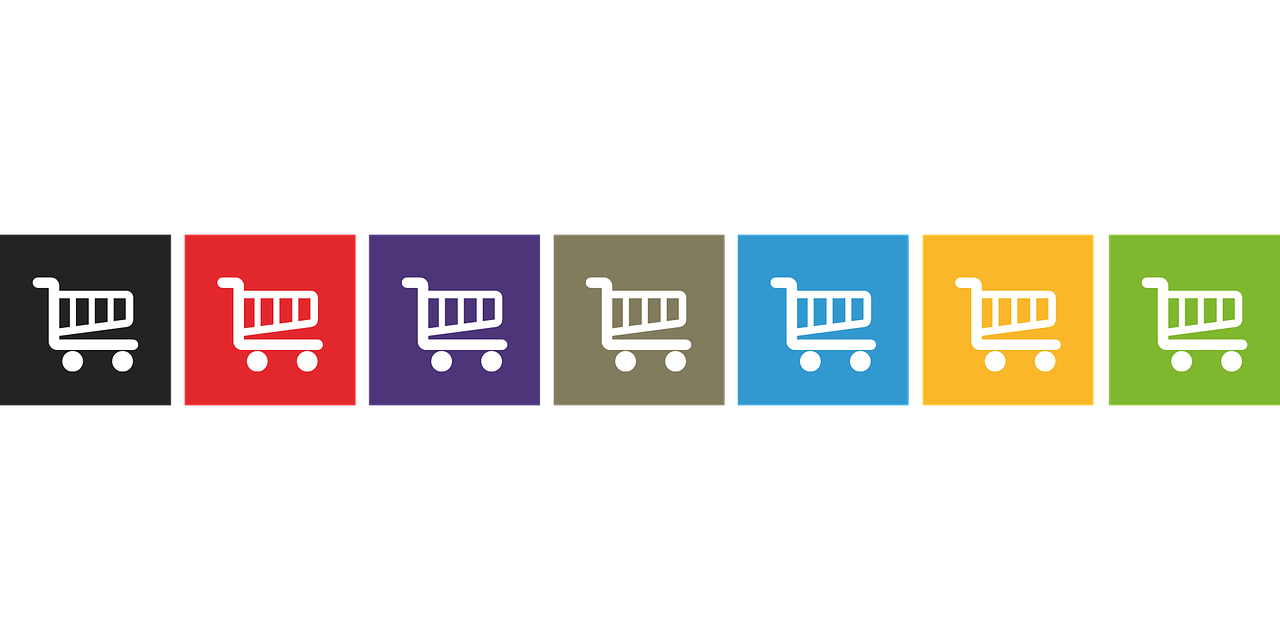As a brick-and-mortar retailer, you need customer names and addresses to survive and grow. You also need loyal brand advocates who happily sign up and stay on your mailing lists.
Address Appending can help you with both.
This unique service lets you turn the in-store swipe of a card into a location-based consumer profile you can use to better understand and reach your target audience. Learn how to fill your database with the high-quality prospects and repeat customers that are critical to sustained growth.
1. Offer a compelling incentive
Every successful opt-in starts with a compelling reason to provide personal information. Do your products come with a limited-time warranty? Offer it during checkout. Do you regularly send coupons or high-value offers? Offer them as an incentive for names and addresses at each point of sale.
The more information you obtain about your best customers, the easier it will be to append their information to profiles for more powerful local store marketing and growth strategies. This is one of the easiest ways to see exactly how many people are in each of your target segments—Singles and Starters versus Power Elite, for instance—and fine-tune your message.
2. Replace costly customer surveys
When you append customer addresses to consumer classifications, you get a highly accurate customer snapshot—one that tells you not just where your ideal shoppers live but also what influences their buying. What’s their discretionary income and how do they spend it? Do they respond better to mobile ads or email marketing?
The answers to these and other important questions are driven not by hurried responses to an impromptu survey taken in exchange for a freebie. Instead, you are analyzing actual data and documented behaviors of your very best customers.
3. Build better retail trade areas
For any location-based business to succeed, dependable trade areas are a must. Yet many brands are still relying on outdated methods that do more harm than good. When you append addresses to profiles, your trade areas become a reliable representation of your best customers.
With this strategy, you discover a location’s dominant groups of target shoppers and their most influential traits. Consumer classifications have already told you who they are. Now you can combine that with where they go. A GPS-powered spatial analytics tool, for instance, can tell you where and when they drive and if they’re passing by on their ways to work or regularly running errands nearby so you can right-time marketing efforts and offers.
4. Expand your reach
Does Address Append accurately identify names and addresses? Yes. Should you use this information to start contacting customers out of the blue? No. That would be creepy!
The insights you gain from this method should be handled with caution. They are the basis for designing results-oriented marketing and site selection strategies; not the actual blueprint themselves. Break down customer codes to see aggregated data on who likes what and how they prefer to be contacted. (Email? Direct mail? Phone? Social media?) Then use the data to inform improved offers, specials and services.
Looking for more ways to leverage customer names, addresses and profiles?
Discover how you can replace costly customer intercept surveys with automated analysis and download the marketer’s guide to spatial analytics for more ideas you can use to get ahead with location-based data.

